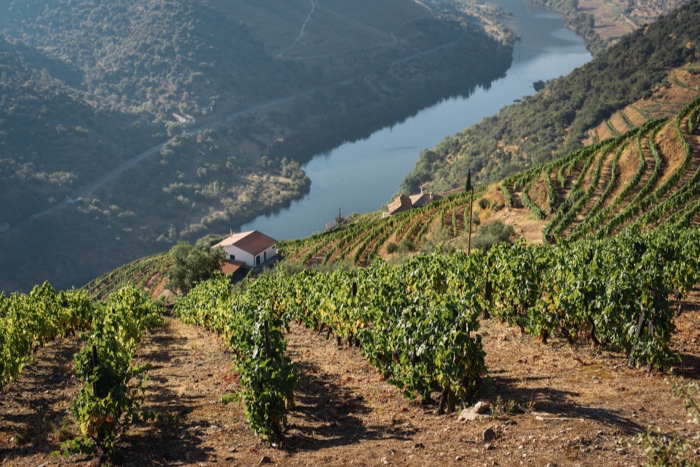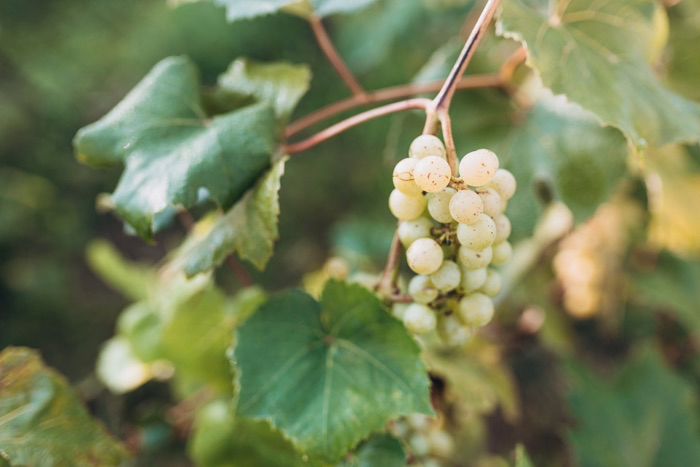Viticulture in Spain
Explore the rich tapestry of Spanish viticulture, from age-old traditions to modern techniques. Discover the influence of its diverse climates, and savour the excellence of its world-famous wines.

Spain, with its rich history and climatic diversity, offers a fascinating tapestry of winemaking traditions and techniques. From traditional methods passed down through generations to modern adaptations driven by technology and science, Spanish viticulture showcases an unparalleled passion and dedication to the production of Spanish wines.
Traditional Grape Growing Techniques
Traditional techniques are the soul of Spanish viticulture. These techniques are rooted in centuries-old practices that have been carefully guarded and passed on.
Pruning and Vine Training
Pruning is essential to control the yield and quality of the grapes. Traditionally, vines are pruned in specific ways, such as the goblet system, which allows an even distribution of light and air.
Manual Harvesting
Manual harvesting guarantees the selection of the best grapes, thus protecting the quality of the final wine. This laborious task is carried out by expert harvesters who understand the value of each cluster.
Modern Techniques in Viticulture
As technology and science advance, modern techniques emerge that complement and, in some cases, improve on traditional practices.
Sustainable and Biodynamic Agriculture
Sustainable agriculture seeks to minimise environmental impact, conserving natural resources and promoting biodiversity. Biodynamic viticulture goes one step further, following a lunar calendar and using homoeopathic preparations to nourish the soil and vines.
Advanced Irrigation Systems
Modern irrigation, such as drip irrigation, allows precise water management, ensuring vine health and optimising production.
The Influence of Terroir on Grape Varieties
Terroir refers to the set of natural factors, such as soil, climate and altitude, that influence the characteristics of wine. Spain, with its variety of terroirs, gives life to a diversity of unique wines.

Soils: The Basis of Terroir
From clay to sandy soils, each type imparts different characteristics to the grapes. For example, calcareous soils often produce wines with greater minerality.
Microclimates and Grape Varieties
The microclimate of a region determines which grape varieties will thrive. Varieties such as Tempranillo or Albariño have found their perfect home in certain microclimates in Spain, offering exceptional wines.
Altitude: The High Impact
Altitude plays a crucial role in the ripening of grapes. Higher altitude wine regions, such as Priorat, produce wines with a more balanced acidity due to the temperature differences between day and night.
Conclusion
Viticulture in Spain is a balance between tradition and modernity, both driven by a deep respect for the terroir and the land. With a rich tapestry of techniques and terroirs, Spain continues to captivate the world with its exceptional wines, each bottle a reflection of its passion and dedication.
FAQs
What is viticulture?
Viticulture is the science and practice of growing grapes for wine production.
Is Spain known for vineyards?
Yes, Spain is known for its vineyards and is one of the world's leading wine regions. With a rich tradition in wine production, it has several denominations of origin that produce high-quality wines of international recognition.
What is the largest vineyard in Spain?
Finca El Renegado" is one of the largest vineyards in Spain and is located in the region of Utiel-Requena in Valencia. However, it is important to mention that there are many other large estates and wineries throughout the country, distributed in different wine regions.
What are the main wine regions in Spain?
Some of the leading wine regions in Spain are Rioja, Ribera del Duero, Priorat, Penedès, Rías Baixas and La Mancha.
What are some popular Spanish grape varieties used in viticulture?
Spain has several indigenous grape varieties such as Tempranillo (red), Albariño (white), Garnacha (red) and Verdejo (white) that contribute to its unique wine styles.
Is organic viticulture widespread in Spain?
Yes, organic viticulture is gaining momentum in Spain and more and more vineyards are adopting sustainable practices to produce wines with minimal chemical intervention.
Can visitors explore Spanish vineyards and wineries?
Absolutely! Many Spanish vineyards offer guided tours and tastings where visitors can learn about viticulture practices, enjoy scenic landscapes and taste exceptional wines first-hand.
You May Be Also Interested in
- Types of Spanish Wines
- Denominaciones de Origen (designations of origin) of Spanish wines
- Winemaking Process in Spain
- Spanish Food and Wine Pairings
- Spanish Rosé Wine Guide
- 5 Spanish Wines to Serve with Vegetable Dishes
- An introductory guide to Spanish wine
- Spain’s 10 most expensive red wines